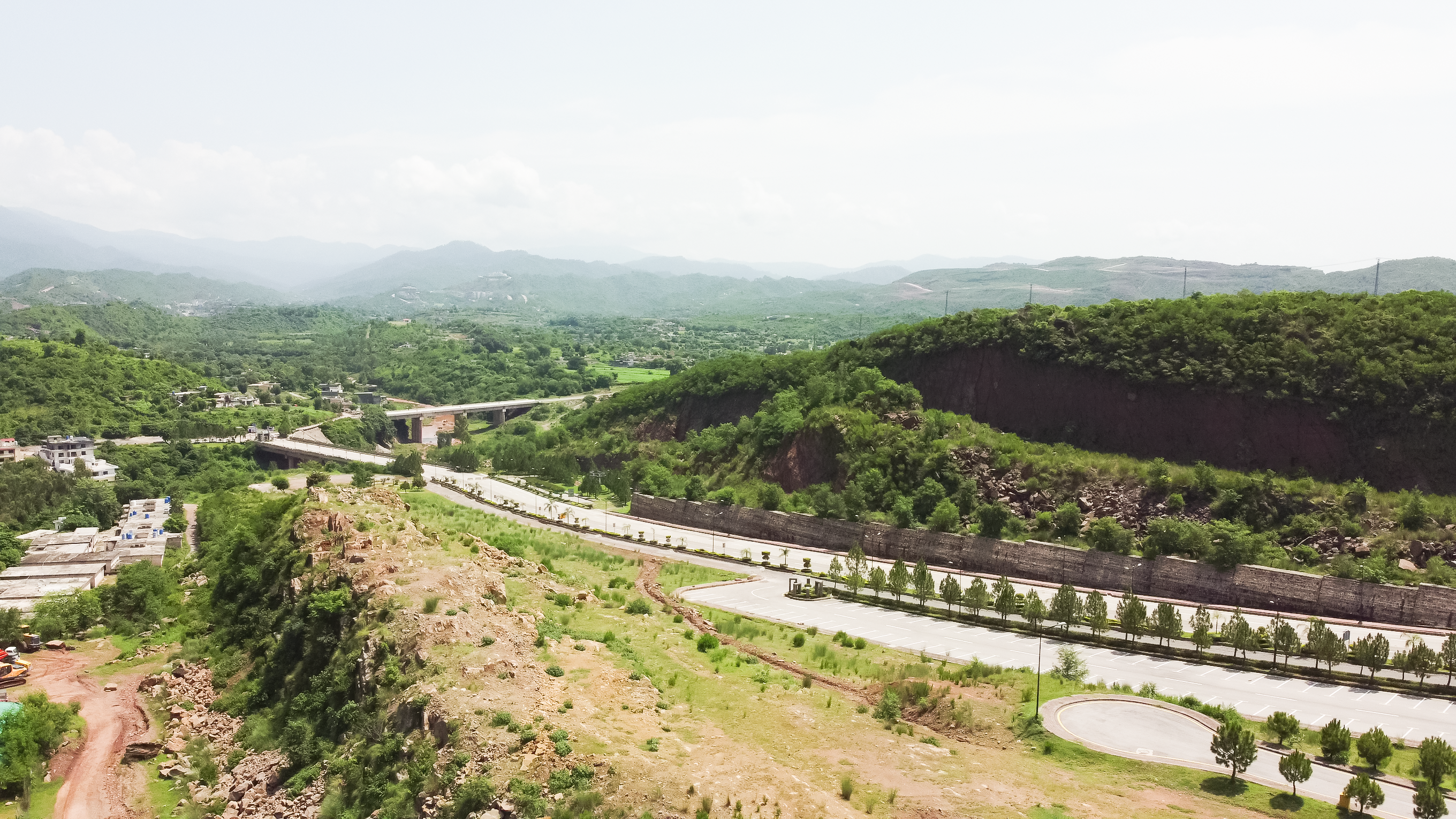In a recent development that brings hope and optimism to Pakistan’s economic landscape, the International Monetary Fund (IMF) has projected faster economic growth for the country. Despite facing various macroeconomic challenges, Pakistan is set to experience a positive economic upturn in the coming years. The IMF’s latest World Economic Outlook for October, released on Tuesday, forecasts a significant growth rate of 2.5% for Pakistan’s economy in the current year, with this rate expected to double to 5% in the next fiscal year. This projection is notably higher than those of other multilateral agencies, indicating a brighter future for Pakistan’s economic prospects.
The IMF’s projection of a 2.5% growth rate for Pakistan in 2023 is a promising development. It reflects the organization’s confidence in Pakistan’s ability to overcome its economic challenges and set itself on a path of recovery. It is worth noting that the country has faced numerous challenges, including fiscal deficits, inflationary pressures, and external debt issues. Despite these hurdles, the IMF’s forecast suggests that the measures taken by the Pakistani government and other stakeholders are beginning to bear fruit. Perhaps even more encouraging is the IMF’s prediction for the next fiscal year, where Pakistan’s economy is expected to grow at an impressive rate of 5%. This doubling of the growth rate signifies a substantial recovery, and it is a testament to the country’s resilience and its commitment to implementing economic reforms. It’s a significant boost for a nation that has been striving to overcome its economic challenges and achieve sustainable growth.
What sets the IMF’s forecast apart from other projections is its relatively optimistic outlook. Many other multilateral agencies and experts had previously estimated lower growth rates for Pakistan’s economy. The IMF’s projection suggests that the institution sees the potential for Pakistan to outperform these expectations and pave the way for a more robust economic future. Several factors contribute to the IMF’s positive outlook for Pakistan’s economy. These include the government’s economic reforms and initiatives, increased investment in infrastructure and development projects, and a focus on improving the business environment to attract more foreign investment. Additionally, Pakistan’s strategic location as a key player in the China-Pakistan Economic Corridor (CPEC) is expected to have a positive impact on the country’s economic growth.
While the IMF’s projections offer a ray of hope, it’s important to recognize that Pakistan still faces challenges on its path to economic recovery. These challenges include managing inflation, reducing fiscal deficits, and addressing the country’s energy crisis. However, the positive growth forecasts indicate that the government and policymakers are moving in the right direction and taking measures to overcome these challenges. The IMF’s projection of a 2.5% growth rate for Pakistan in 2023, with a doubling to 5% in the next fiscal year, is a positive sign for the country’s economy. It demonstrates that Pakistan is making progress in addressing its macroeconomic challenges and setting the stage for faster economic growth. While challenges remain, the IMF’s optimism suggests that Pakistan is on the right track, and with continued efforts and reforms, the nation’s economic future looks promising. This development should boost confidence in Pakistan’s economic potential and inspire further investment and development in the country.
Recent News



